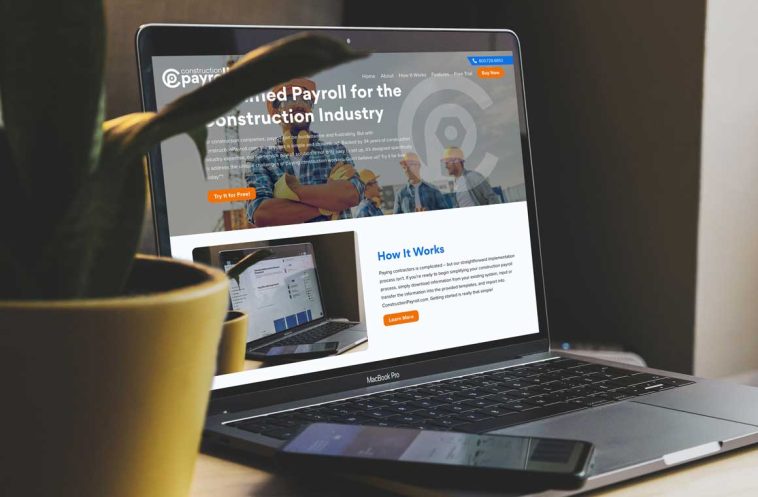Introduction.
Payroll management is a critical aspect of running a business, ensuring that employees are compensated accurately and on time while adhering to tax regulations and labour laws. While payroll software offers convenience and automation, it’s not the only way to handle payroll.
Many businesses, especially smaller ones, may opt to do payroll without software due to budget constraints, unique needs, or a preference for manual processes. In this guide, we will explore the steps and considerations for managing payroll without software.
How Can I do Payroll Without Software?
Payroll management is a crucial function for businesses of all sizes, ensuring employees are paid accurately and on time while complying with tax regulations and labour laws.
While payroll software can simplify the process, not all businesses have the budget or inclination to use it.
Managing payroll without software, often referred to as “manual payroll,” is entirely possible and can be a viable option, especially for small businesses and startups.
In this comprehensive guide, we will explore the steps and considerations for effectively managing payroll without software.
Whether you’re a small business owner, a startup entrepreneur, or simply exploring alternative payroll methods, understanding how to do payroll manually is a valuable skill that allows you to maintain control over your payroll processes, ensure compliance, and save on software expenses.
Step-by-Step Guide to Manual Payroll Processing:
1. Gather Employee Information.
Begin by collecting comprehensive employee data, including names, addresses, Social Security numbers, and tax withholding forms (e.g., W-4 in the United States). Maintain accurate records of this information.
2. Calculate Gross Pay.
Determine each employee’s gross pay based on their hourly wages, salaries, overtime, bonuses, or commissions. Ensure you account for all types of compensation.
3. Calculate Deductions.
Calculate and deduct various withholdings, including federal and state income taxes, Social Security, and Medicare contributions. Use tax tables and formulas provided by the tax authorities.
4. Account for Employee Benefits.
Include any employee benefits, such as retirement plan contributions, health insurance premiums, or other deductions, in your calculations.
5. Calculate Net Pay.
Subtract all deductions and withholdings from the gross pay to calculate the net pay that employees will receive.
6. Record Keeping.
Establish a systematic record-keeping system to retain payroll records, pay stubs, timesheets, and tax documents. Proper record-keeping is vital for audits and legal compliance.
7. Tax Deposits and Filings.
Ensure that you make timely deposits of payroll taxes withheld from employees’ paychecks. File necessary tax reports and forms with the relevant tax authorities.
8. Compliance with Labor Laws.
Stay informed about labour laws, minimum wage regulations, overtime rules, and any other relevant labour standards in your jurisdiction.
9. Manual Payroll Register.
Create a manual payroll register that lists all employees, their hours worked, gross pay, deductions, and net pay. This will serve as a summary of each payroll cycle.
10. Payroll Checks.
Prepare payroll checks or initiate direct deposits for employees, ensuring they receive their wages on time.
11. Employee Communication.
Maintain open and transparent communication with employees regarding their paychecks, tax withholdings, and deductions. Address questions or concerns promptly and professionally.
12. Periodic Audits.
Conduct regular audits to review payroll reports, reconcile bank statements, and ensure accuracy and compliance.
Conclusion.
While payroll software offers convenience and automation, managing payroll without software is a feasible option, especially for small businesses and startups with limited resources.
By following these manual payroll processing steps and embracing best practices, you can effectively manage your payroll processes, ensuring that your employees are compensated accurately and on time while keeping your business in good financial standing and legal compliance.





GIPHY App Key not set. Please check settings